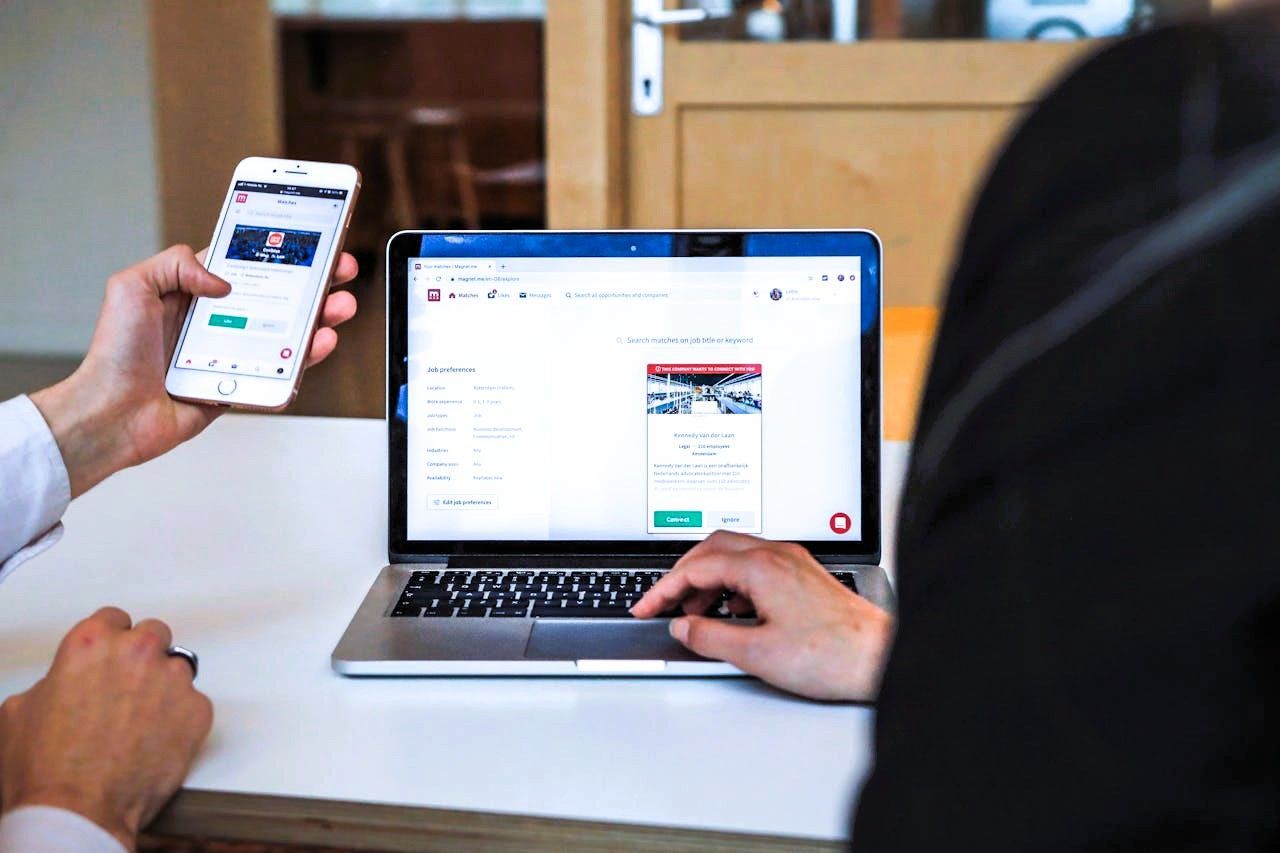How to Create a Successful Small Business Website
Take these steps to build your small business website.

Photo by cottonbro studio
Small businesses are always looking for new ways to grow their customer base, and many of them have turned to the internet. One way that small businesses can get more exposure online is by creating a website. However, for all its benefits, web design isn’t an easy task—especially when you consider the various factors that go into making a successful website. In this article, we will discuss some of these key points so your business can make the most of its web presence.
What is a website?
A website is a collection of digital files that are hosted on a server and can be accessed by anyone with an internet connection. Websites usually contain text, images, and other multimedia content, as well as links to other websites.
Why are websites important for small businesses?
Websites allow small businesses to network and reach out to customers far beyond their physical location. By having a website, you can establish your company as an authority in your field and provide your customers with detailed information about what you do and the services that you offer.
What are the benefits of having one for your business?
- A website will help you increase your customer base.
- You can provide information to customers about your company, products, and services.
- Websites are interactive—customers love the sense of community that they create.
- Customers can easily share your website with others—increasing brand visibility.
How do I get started?
It can be relatively easy to build a website once you know the essential components to include. Here are 12 simple steps to creating a small business website:
1. Set your goals.
Before you start building your website, it’s important to set goals for yourself. What is the main purpose of your site? Who are your primary customers? What do you hope to accomplish with your website? Answer these questions before you begin designing anything. Knowing what you hope to achieve with your website will help you build it in the right direction.
2. Determine who your target audience is and how they behave online.
When trying to attract visitors to your site, you need to know who these people are and what interests them, so that your content can be tailored accordingly. You should also research the social channels that they are most active on, as well as any behavioral patterns that can help determine how they will use your site.
3. Let customers get to know you on your “About Us” page.
Even though you may not expect people to visit this section of your website, it's an important part of establishing credibility and trust, as well as showing that you are knowledgeable about your industry. A good “About Us” page should explain who you are and what business you're in. This is the only way potential customers will know whether you're a good fit for them.
4. Make it easy for customers to get in touch with you.
One of the most important components of your website is a contact form, which allows users to communicate with your company directly through email. Not only does this let them share their thoughts on how you can improve your services, but it also gives them an opportunity to contact you about products they are interested in buying. Consider adding a Google map of your location to provide a visual context of your area.
5. Social Media Links.
Make sure your website includes connections to your social media pages and profiles. These links will help visitors connect with you on the platforms they use the most, which in turn helps build brand awareness. Providing these links is also helpful for search engine optimization since it gives your site more relevance in search results when combined with keywords that are relevant to your company.
6. Include a Blog or News Section.
This is a particularly useful section that will help your website rank highly in search results, creating more exposure for your brand online. The best blog content should cover topics related to what you do and how you’re different from the competition. These posts should be useful and encourage people to share them with their friends. Keeping your blog updated regularly will also help showcase your company’s knowledge of its industry and keep customers coming back for more.
7. Include Testimonials and Reviews From Customers.
One of the best ways to demonstrate the value of your business is by showing testimonials from past customers, as well as reviews from people who have used your products and services. Testimonials, especially those that come directly from customers, are extremely powerful because they show other potential customers how satisfied past clients were with your business. If you can include photos or videos of the testimonials, even better!
8. Be Consistent and Predictable With Your Design.
This is a tricky balance to strike, but creating a website that offers a consistent navigation structure and design makes it easier for visitors to learn how to use your site. Try using elements that people are familiar with from other websites they have visited, like logos or icons that act as visual signifiers of where they will go next.
9. Include Calls to Action for Each Page.
A “call to action” is a phrase that encourages your website visitors to take the next step by clicking on links, signing up for an email list, or buying something. If you want people to contact you about your products and services, consider including a button on every page that says something like “Schedule a Consultation” or “Contact Us.” If you want people to sign up for an email list, create calls to action that say things like “Sign Up for Our Newsletter!” on every page of your website.
10. Be mobile-friendly.
It's important to make sure your website looks good on any device someone might be using, whether it's a smartphone, tablet, or computer. If you don't have the resources to design a unique version of your site for each type of device, at least make sure that content will show up properly on all devices. This can be achieved by using responsive web design, where the screen size of a device determines what content is shown on each page.
11. Build Trust and Credibility.
The more you demonstrate your expertise and knowledge of your industry, the more you will develop trust with potential customers who might want to buy from you. You can do this by including case studies or testimonials from past clients that showcase how well your business performs its services or sells its products. For example, an article in Inc. Magazine could be a useful place to direct people who want to learn more about your business.
12. Do it yourself or hire a designer?
Designing a website is complicated, which means you have two options: either make your own site by learning to code in HTML and CSS, or hire a professional web designer. Not only does hiring someone cut down on the time it takes to get your website up and running, but they can also improve search engine optimization since they'll be an expert on best practices and the latest trends in website design.
Creating a website for your small business is essential for reaching new customers and growing your brand. In this article, we’ve provided tips for creating a website that will help you succeed online. If you follow these guidelines, you’ll be able to create a website that is functional, attractive, and can help you generate more leads and sales. Need help getting started? Our team of experts are here to assist you!
Contact us today.
Ready to work with Digital Trebuchet?
Let's connect! We’re here to help.
Send us a message and we’ll be in touch.
Or give us a call today at 801-747-9569










